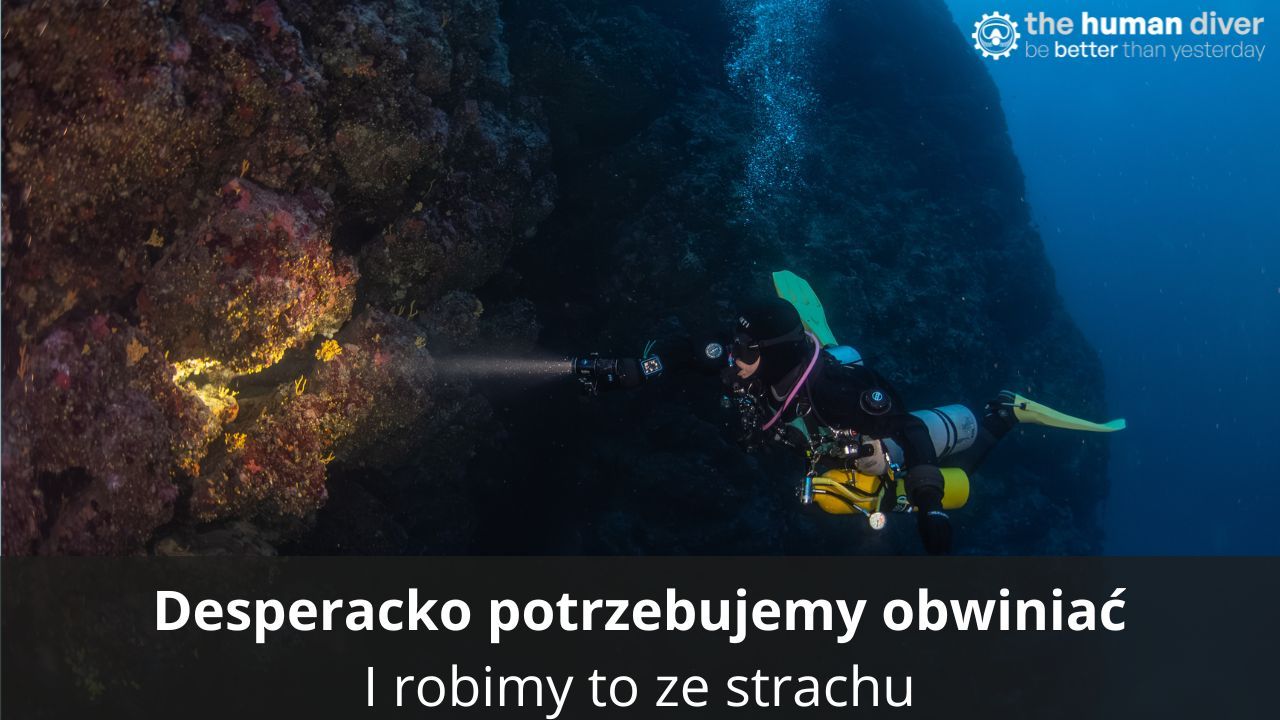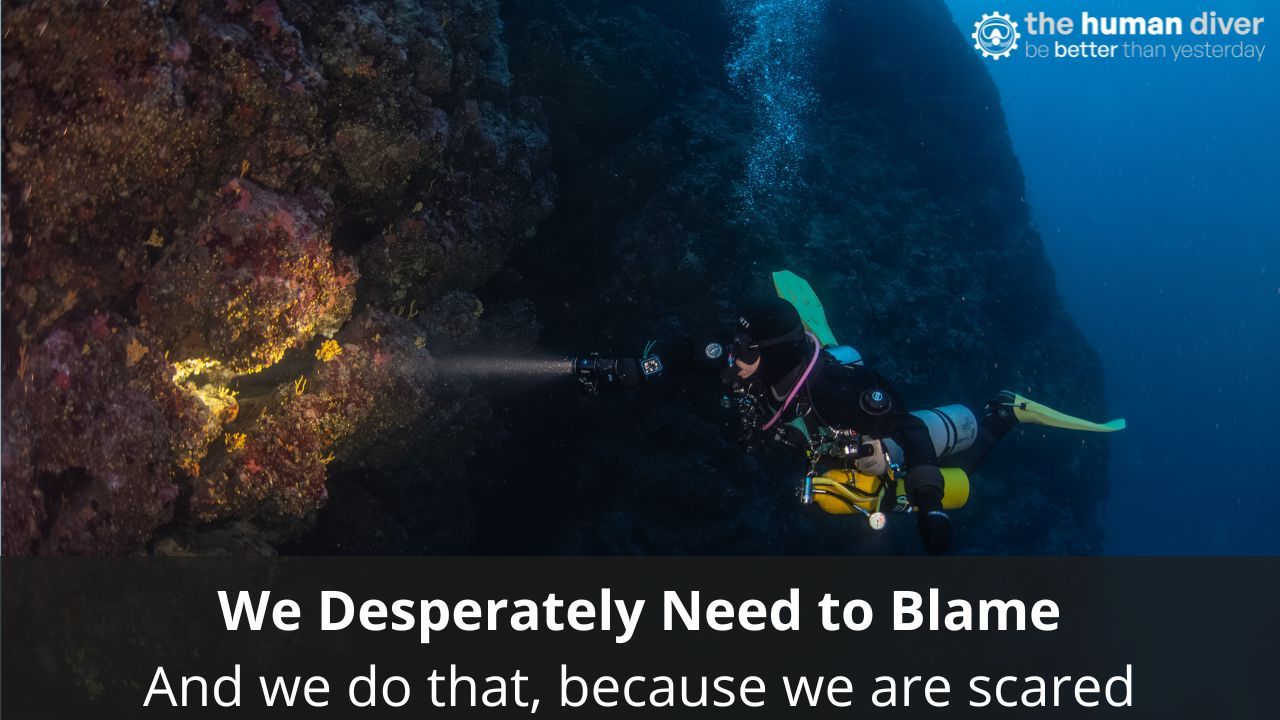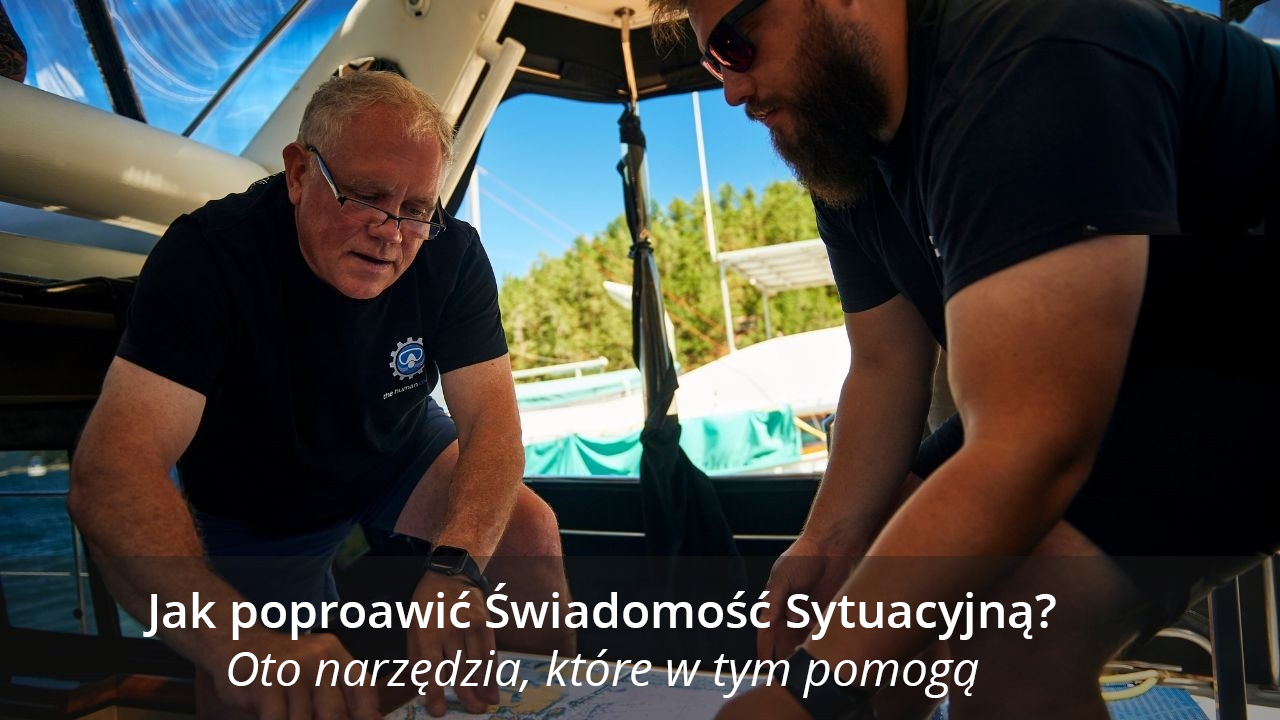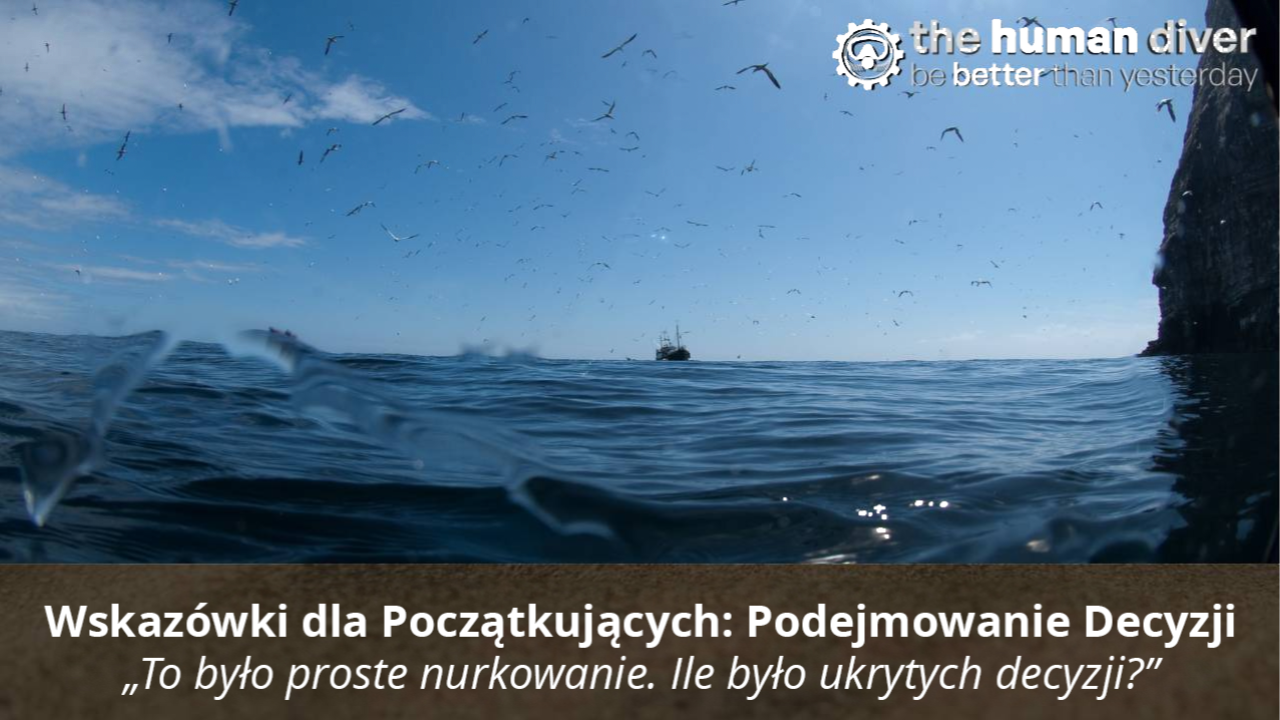
The Challenge of Psychological Safety
Apr 16, 2025Within the Human diver, we talk a lot about psychological safety, about the fact that when psychological safety is present, the team is more efficient, more successful, more engaged. We also say that as leaders and/or instructors, we should aim for psychological safety within our group. But how long does it take to create a ‘’psychologically safe’’ environment?
With my diving club, we give open-water certifications throughout a weekend. An instructor and a divemaster are paired with 4 students and they are tasked to train these students to become open-water divers. The instructor and divemaster know each other, but they might not have worked as a team before. The students most often know their buddy (but not always) and they meet their instructor, divemaster and the other students for the first time at the beginning of the weekend. Within that context, is psychological safety an achievable goal?
What is Psychological Safety?
Psychological safety refers to a belief that one will not be penalized or humiliated for speaking up with ideas, questions, concerns, or mistakes in a team. It’s the feeling that you can be yourself without fear of judgment or negative consequences. Psychological safety is deeply rooted in trust. If you trust your audience, you will be able to ask questions, express your fears, and share your vulnerabilities.

How long does it take to develop trust when you are thrown into a team of strangers? I guess the answer is different for everyone, and it depends upon our past experiences.
Back to the open water certification, because of our social rules and norms, the instructor, as the leader of the group will be initially trusted. Therefore, he/she is the one setting up the tone and the atmosphere. The divemaster must be a facilitator.
Top Tips
Tips to do that:
- Take the time to answer all questions.
- Smile! Look and be genuinely happy to be there instead of being in a hurry to finish the ‘’task’’.
- Maximise the impact of non-verbal communication – it is often the subtle non-verbal cues that will make all the difference.
When people are new in a group, they will pick up those signs of openness fairly quickly, and that will slowly develop a psychologically safe environment. Seeing this, they will be more inclined to reproduce this kind of environment in their own future diving activities. However, a small mistake, someone feeling stigmatized, or some inappropriate wording, will quickly bring the ambiance back to ground zero. Leaders must be attentive to those situations to prevent them from harming the environment they wish to build. Acknowledging the inappropriate response is a way of reversing the gap just created. Psychological safety is built with baby steps but can be completely dismantled in an instant.

Creating psychological safety doesn’t happen by accident. It requires deliberate efforts for fostering a safe supportive atmosphere. When you initially meet with your group of students or a new team of divers, as a leader (instructor or most experienced diver) you should make a point of setting the tone. First, encourage open dialogue. Encourage each participant to introduce themselves and share their expectations, personal limits and any fears they may have. This doesn’t have to be long – maybe one minute from each member of the team. But the effect will be great; by speaking up right from the start, everyone will feel it is okay to share their thoughts and concerns. Second, refrain from judging. As a leader, be open to all concerns and questions – don’t roll your eyes or sigh. One sigh might ruin all the effort made previously. As mentioned earlier, non-verbal signs are powerful.
Developing a psychologically safe environment means that the student will feel right from the start that they can communicate their concerns. And this is what they should seek to reproduce within their own diving group. As a more experienced diver on a team, you have the responsibility of building psychological safety among your team.
Sharing our mistakes
We should all learn to share our mistakes – mistakes are part of the learning process. Psychological safety encourages a mindset where divers are comfortable acknowledging their mistakes, discussing what went wrong, and learning from experience. Buddies should learn from each other. Create a space for reflection at the end of the dive. Discuss what went well and what could have been improved. Insist on one or two key messages and key lessons learned. These are the foundations of psychological safety that an instructor should aim to transmit to their students at the end of a certification weekend in addition to technical skills. And as an individual, this is something we should seek for right from the start of our diving journey. If we don’t feel safe to share within our group, let’s call the dive and start again on a new basis.
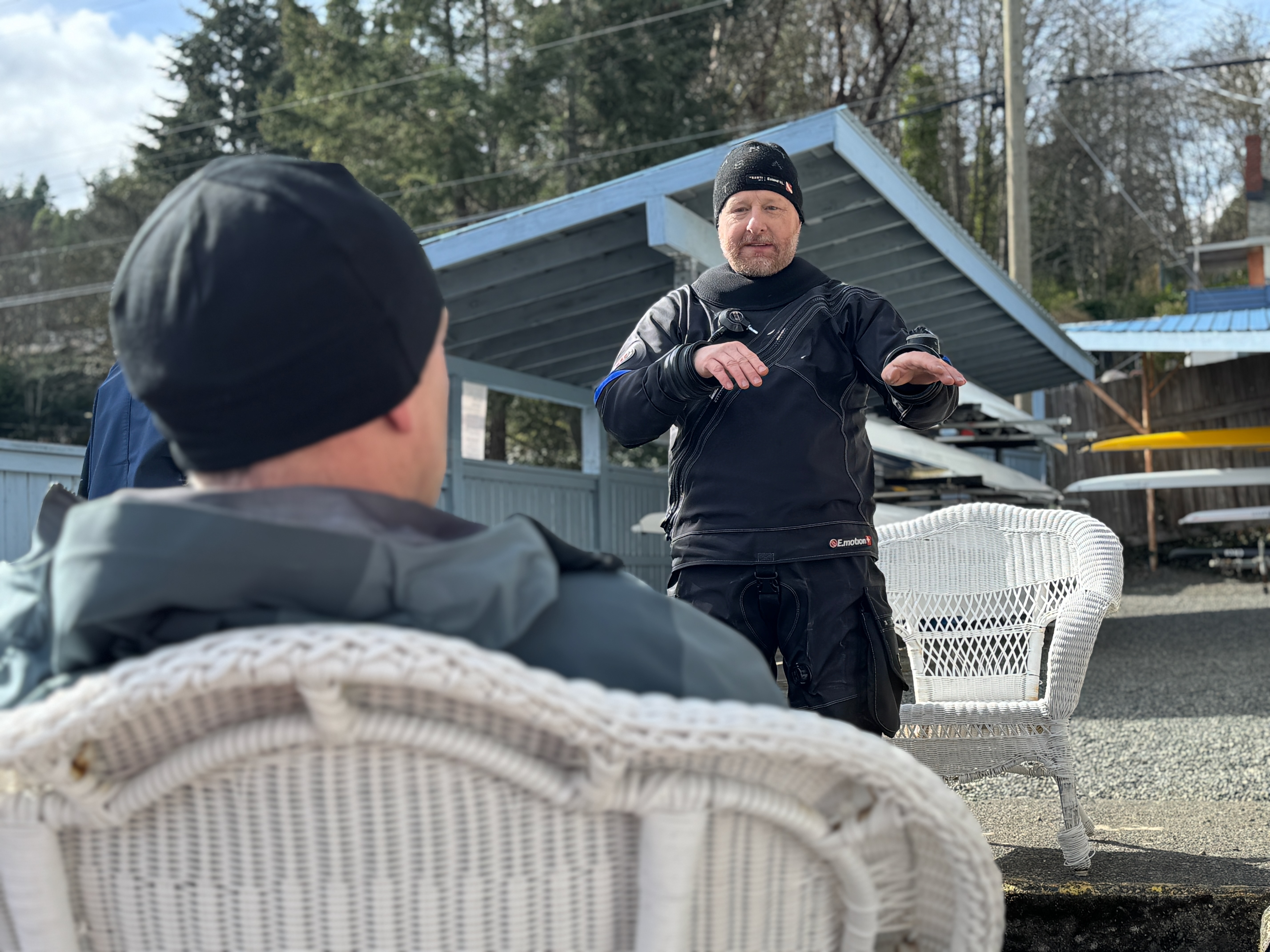
Developing psychological safety is first in the hand of the instructor or the most senior member of the team. But in the end, it is within the reach of every diver. Each individual should be part of developing it and should seek for it. And we should not accept diving with people with whom we don’t feel we can really be ourselves – I know this is easily said but hardly done! But saying it is probably the first step in building solid psychological safety.
As an activity that involves risk, diving requires careful preparation, trust and teamwork. Psychological safety will enhance those behaviours. When teaching an open water class, instructor should model these behaviors so students will want to reproduce them. As a more experienced diver on a team, you should do the same. Ensuring psychological safety should be at the fore front of all diving experiences.
Built in the smallest moments
Psychological safety is often built in the smallest moments. It is about showing people, not just telling them, that they are seen, heard and supported. It is slowly built, but easily ruined. The underwater world is beautiful and unpredictable. By creating an atmosphere where divers feel confident, supported and heard, we can make a difference between a great dive and an unpleasant one. I believe we can create that atmosphere within a certification weekend. But to make it last, it takes more than a weekend. We need to ensure the new divers will aim for it. To march in that direction, psychological safety must be named, it must be described, and at the end of the certification, we should share tips on how to create it. Psychological safety must be cultivated with care to make it last – which is the biggest challenge!
Other resources available from The Human Diver:
Building a Team (Stages 1-4) - Part 1 of 4
HF in Diving for Dummies: Psychological Safety

Helene Pellerin is from Quebec City, Canada. She is a Professor of Anesthesiology at Universite Laval in Quebec City, and she is an instructor at the simulation centre of the Faculty of medicine of Universite Laval, where she teaches Crisis Resources Management and Teamwork. The Human Diver program was a fantastic opportunity and a logical way forward to move her interest in human factors from her professional life to diving.
Helene is a GUE TEC 1 and CAVE 2 diver, a PADI Divemaster and an Emergengy First Response (EFR) instructor with more than 400 dives in the past 5 years. She is mostly a cold-water diver, although she enjoys warm water very much as well. The application of non-technical skills in diving really captured her interest. Understanding human performance and how it can be improved to decrease error and increase safety is one of the most interesting fields of knowledge. Her goal is to promote the development of a Just Culture by disseminating knowledge and teaching non-technical skills to divers of all levels.
Want to learn more about this article or have questions? Contact us.

